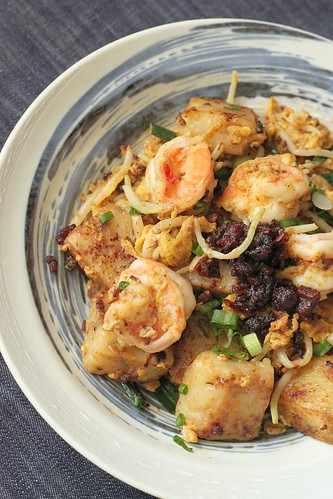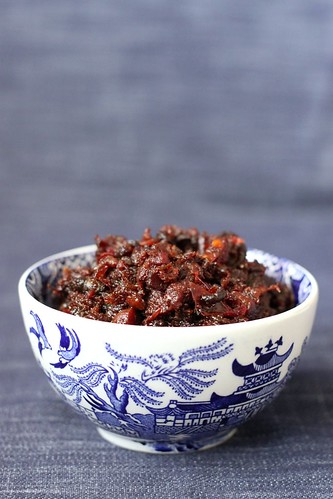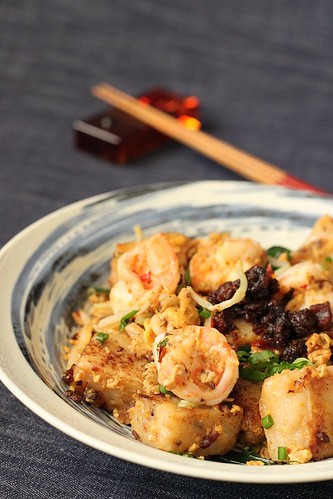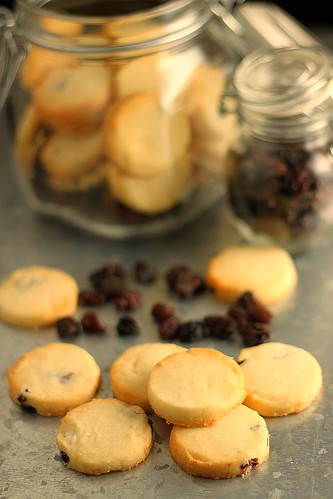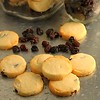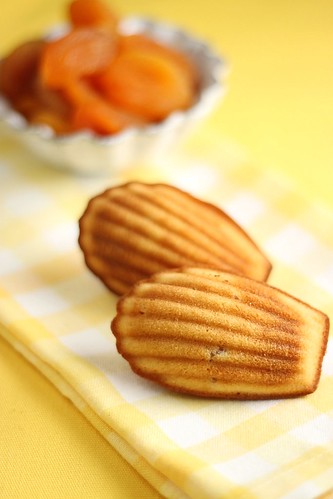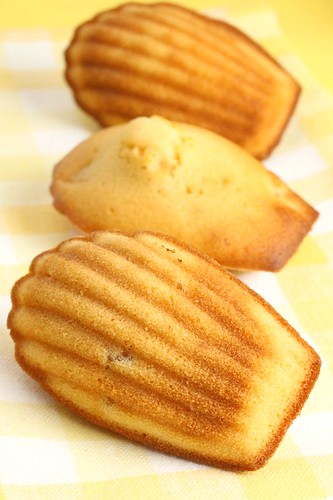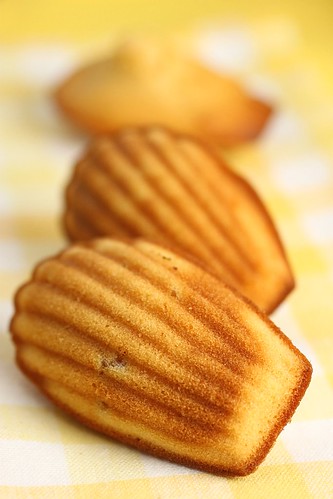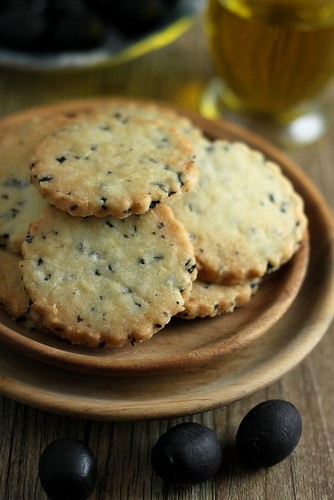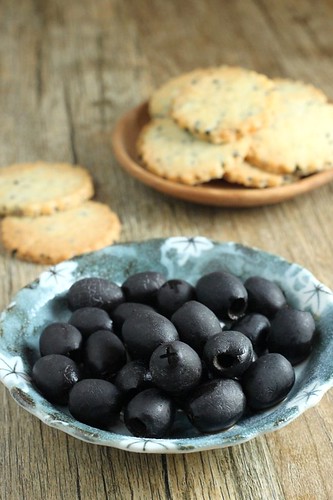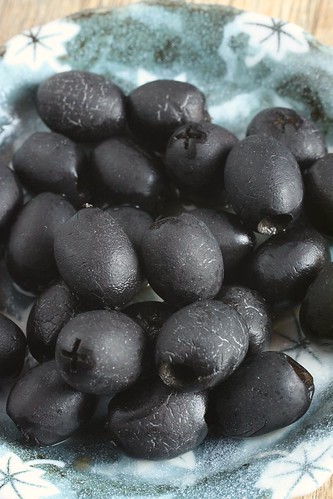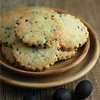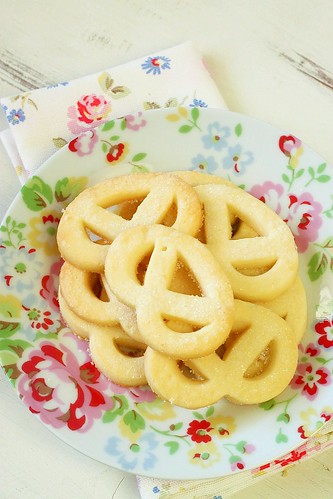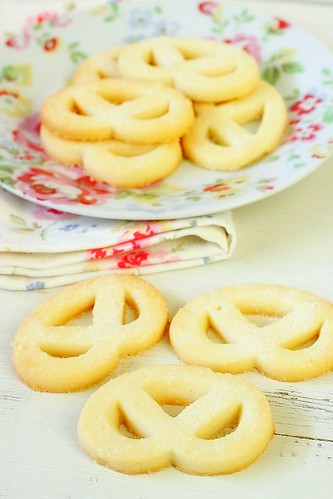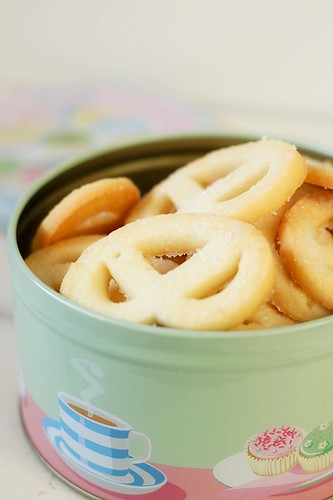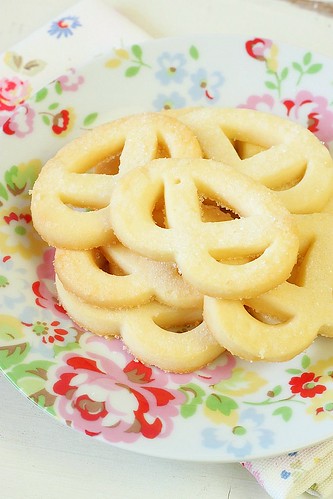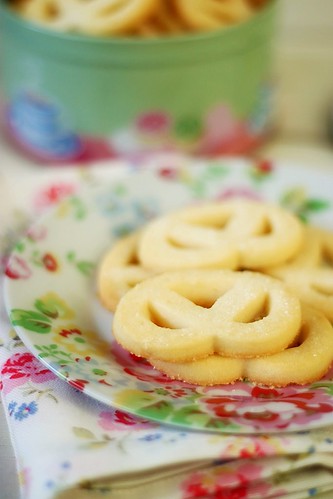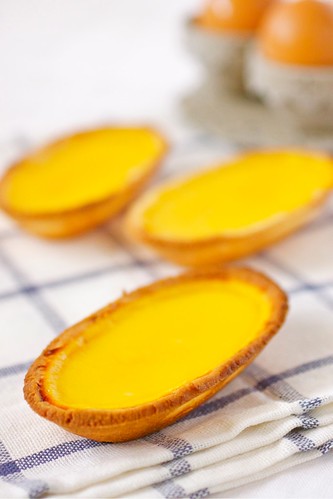
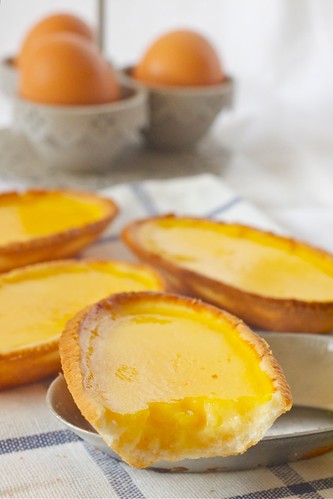

I didn't quite expect the kind of positive response for my Danish Butter Cookies when I posted them. Interestingly among the comments for the posts, almost all of them alluded to nostalgia of some form or other... key buzz words included : Nostalgic, Memories, Childhood, Reminisce... Yes, nostalgia is a powerful ingredient as is eloquently captured in Joycelyne Shu's new book. If you have been a fan of her blog, Kuidaore, then you will enjoy her book. Filled with great nostalgic treats, most of them entrenched in a deeper and more passionate sense of history and root that are keenly appreciated through her own personal experiences....
For me, I have come to conclude that Nostalgia,as a flavour, is like a good wine that needs aging and maturing. The older you get, the fonder and the more potent it becomes... as in, for example, there is more nostalgic punch when a 50 year old reminisces about something he or she has eaten at the age of 10 vs a 20 year old dreaming about a taste he/she had when he/she was 10.
Do not over think when you are dealing with flavour elements that has strong lineage to memories and childhood. Very often than not, you will find yourself working against the usual theory and definition of good flavours. The dish can be crude and unpalatable to others but douse it in a coat of warm fuzzy nostalgia, they can beat Pierre Herme's Macarons anytime! Such is the liberating power of Nostalgia. To question or doubt Nostalgia only suggests that subject is frigid and uptight.
I was in Hong Kong 2 weeks ago wandering along the famous Shanghai Street. It was there that I spotted these oval shaped tart molds. The first imagery that came into my mind was Saint Honore Cake Shop's oval egg tart. For those who are old enough to remember, Saint Honore Cake Shop from Hong Kong, made a brief but illustrious appearance in our local bakery scene here in the eighties. They opened their first shop at Marina Bay and aggressively advertised about their oval shaped egg tarts. I recall queuing for their tarts during their first few opening weeks....and the shop assistants' sing-song Hong Kong English accent. Simple fare that caught on like wild fire. I know I was besotted. Their egg custard was smooth and shiny, tender and wobbly....the pastry crumbly and thin.
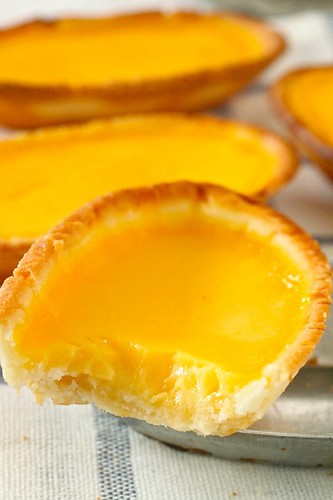
I also couldn't understand how a popular shop like theirs did not survive in Singapore. Did they not expand fast enough or was the market too immature for slightly more sophisticated pastry back then? I have no idea but Saint Honore is still operating its pastry chains in Hong Kong today and till date, their oval shaped egg tarts remain on of their perennial favourites....
When I decided to recreate the egg tart with these molds, there were a couple of elements which I knew I had to nail : a thin short crust pastry shell that would hold its form and a tender, silken tofu like egg custard. Googling over internet, I found a couple of forums discussing about this but it was at this site that I found something comprehensive and promising.... I am very pleased with the results and I suspect if you were to try it, you would be too.
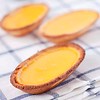
Recipe :
Pastry
90g Unsalted butter
40g Powdered sugar
12g Egg
170g Plain flour
8g Evaporated Milk
Custard
160g Eggs
80g Castor Sugar
50g Evaporated milk
210g Water
Method:
1. Cream softened butter with sugar until white and creamy.
2. Add egg (12g) and mix until well incorporated.
3. Add evaporated milk (8g) to (2) and mix until well incorporated.
4. Add in flour and mix well.
5. Chill the dough in the fridge for an hour before dividing the dough into 10 portions. Press the dough into a tart mold and press well to line the tart mold. Chill the lined tart molds for 15 mins. In the mean time, prepare custard.
6. Prepare custard by mixing all ingredients for custard together.
7. Pour custard mixture into tart casings.
8. Bake at 250C for 10 mins until custard sets.


